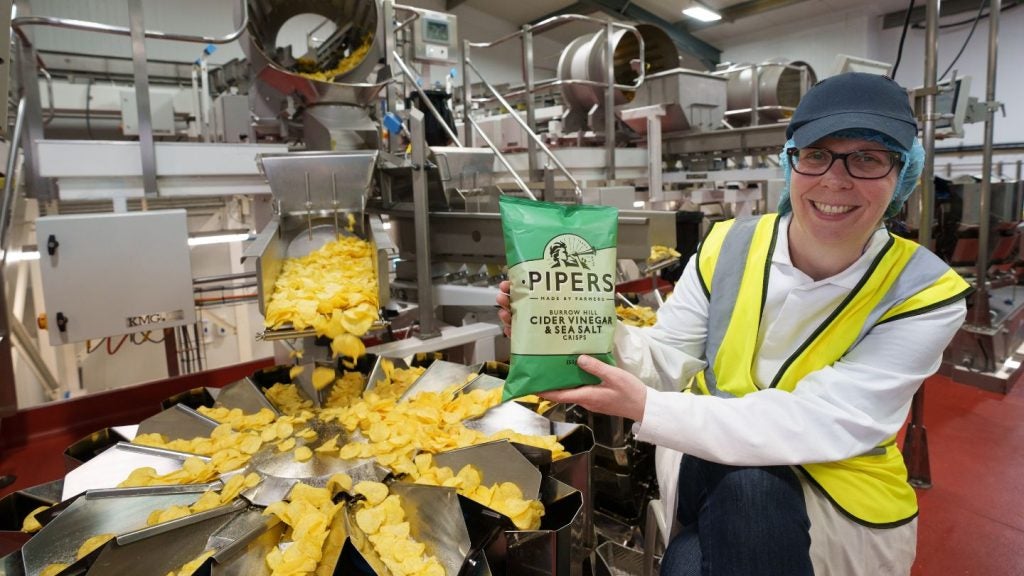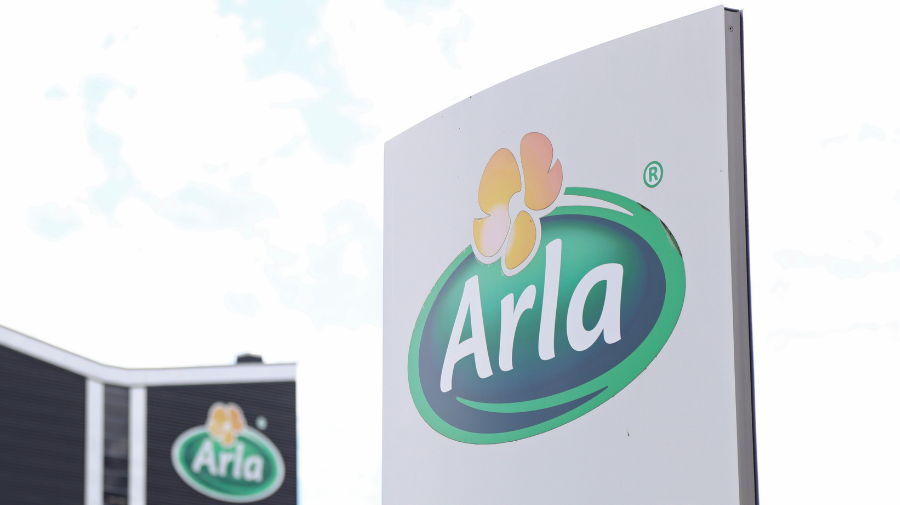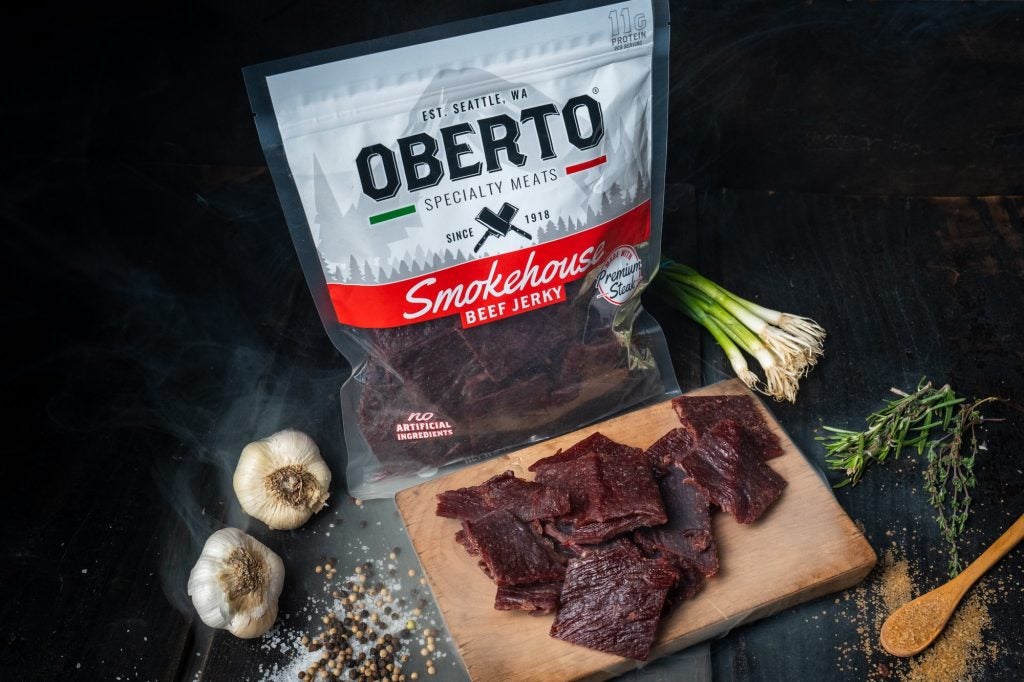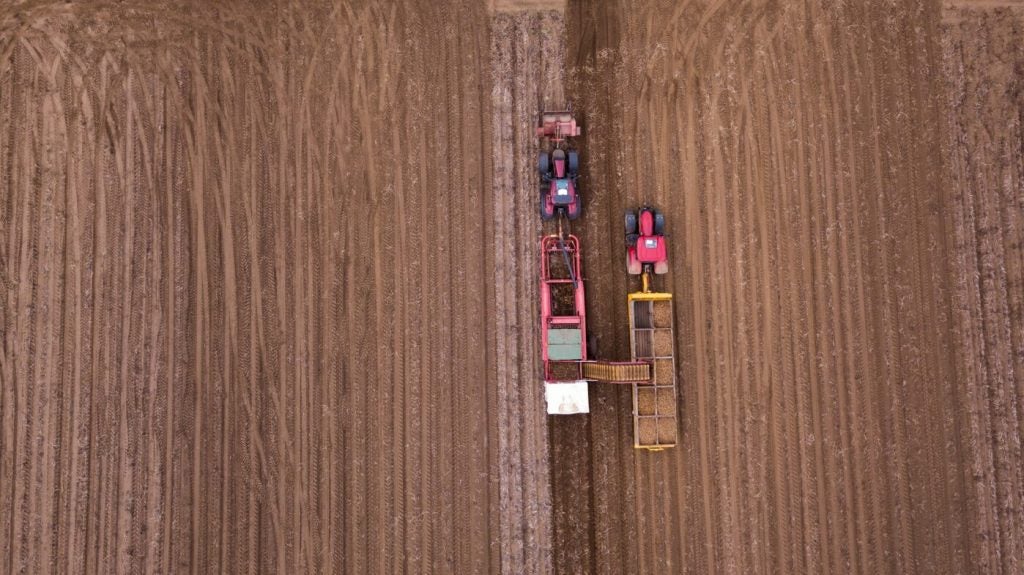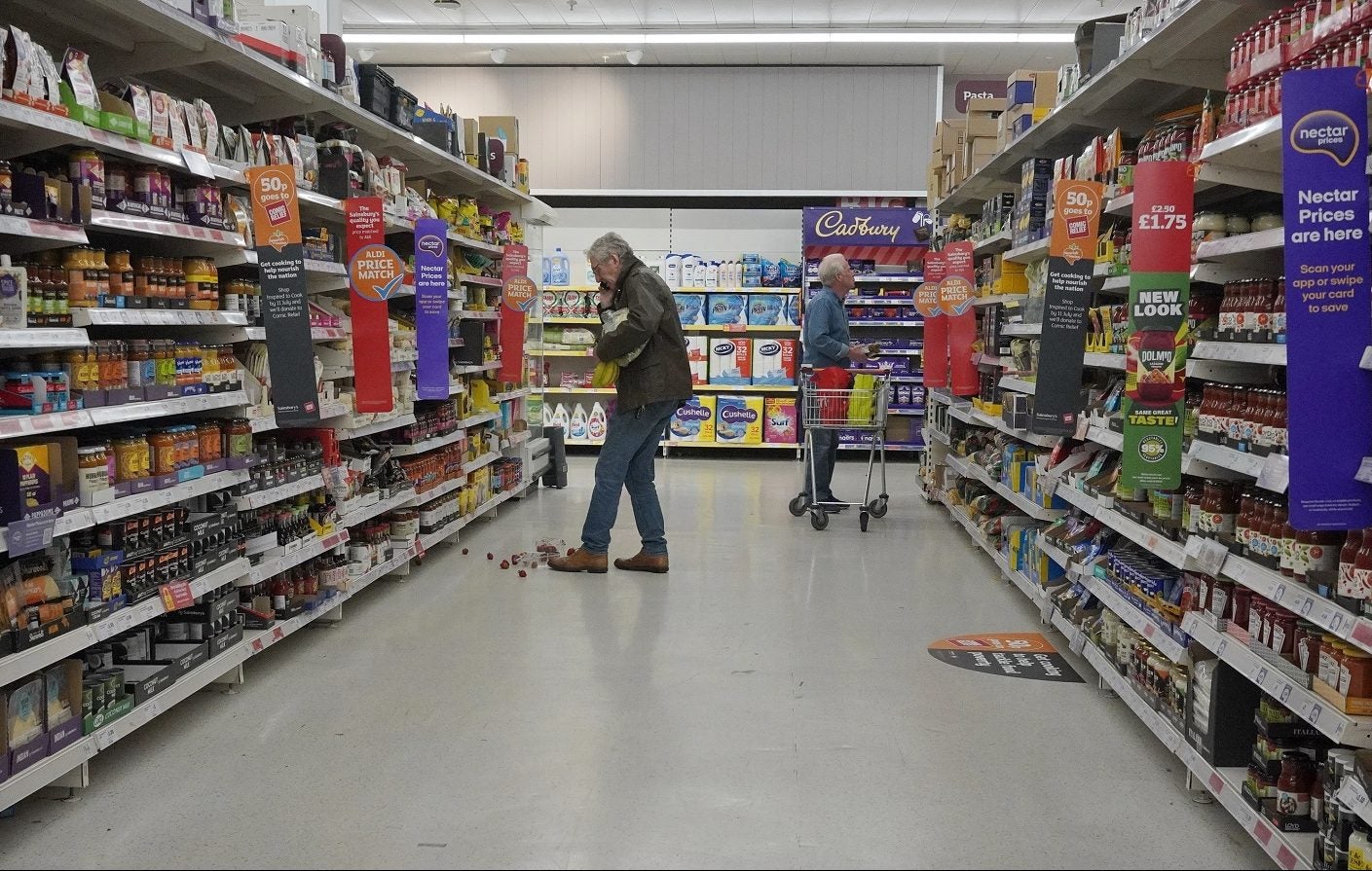
UK grocery inflation eased again in December but was still more than 20% higher than two years ago and at least six times the pace in the US.
The Office for National Statistics (ONS) issued a mixed bag of inflation data today (17 January), with the headline CPI rate edging up for the first time since last February. However, food and soft drinks prices exerted the most downward pressure, while the alcohol and tobacco segment helped push up the overall indices for all items.
Grocery inflation, measuring food and non-alcoholic beverages, cooled to 8% last month on an annual basis in terms of the CPI rate, down from November’s 9.2%, when it broke below the 10% barrier. Alcohol and tobacco prices accelerated to 12.9% from 10.2%.
Month-on-month, food and soft drinks prices were unchanged at a 0.4% increase, the ONS reported.
The ONS’s preferred measure tracking food and non-alcoholic beverages – CPIH – softened for a ninth straight month in December, also coming in at 8%, the lowest level since April 2022. It reached a peak of 19.2% in March 2023, the highest in more than 45 years.
Alcohol and tobacco prices rose 12.8%, quickening from 10.2% in November. Alcohol alone increased 9.6% in annualised terms but dropped 1.6% on a monthly basis measured against December 2022.
How well do you really know your competitors?
Access the most comprehensive Company Profiles on the market, powered by GlobalData. Save hours of research. Gain competitive edge.

Thank you!
Your download email will arrive shortly
Not ready to buy yet? Download a free sample
We are confident about the unique quality of our Company Profiles. However, we want you to make the most beneficial decision for your business, so we offer a free sample that you can download by submitting the below form
By GlobalDataThe CPIH for food and non-alcoholic beverages prices rose by 0.5% between November and December 2023, compared with a rise of 1.6% a year ago.
Despite the welcome boost for consumers, prices in the UK grocery aisle remain historically high. Last week, the US statistics agency reported food inflation of 2.7% for December and an even lower rate for the food consumed at home component of 1.3%.
The ONS reiterated today the “relatively sharp rises” in UK food inflation over the past two years.
Prices of food and non-alcoholic beverages increased by around 26% between December 2021 and December 2023, the ONS said, as compared to a rise of about 9% over the ten years between December 2011 and December 2021.
Karen Betts, the CEO of The Food and Drink Federation, acknowledged that prices of some commodity inputs have come off their peak but also highlighted how olive oil, cocoa and sugar remain historically high.
She also emphasised the unpredictable impact from the recent flooding in many parts of the UK and the potential knock-on effect on prices from the shipping diversions from the Red Sea amid attacks by Houthi rebels.
“It remains to be seen what the impact of recent flooding will have on UK crop availability and prices, and whether the rising price of shipping will impact food and drink prices,” Betts said.
“It’s critical as our sector emerges from this inflationary period that businesses attract investment. We need this to ensure our sector’s resilience and growth, and to continue to take the action necessary to play our part in transforming the food system onto a more environmentally-sustainable footing.”
Clive Black, a director at UK investment company Shore Capital, also pointed to the risks.
“Additionally, the wider world, be that geopolitics (e.g., matters in the Red Sea) or the weather, seem to have more of an upward than downward inflationary pressure contained within,” he wrote in an analysis of today’s ONS numbers.
“As for inflation, we expect it to persist in the low-to-mid-single digit percentage range, excluding any potential shocks around crude oil, harvests or currencies for CY-24 too.”
That was in the context of the CPI headline inflation rate edging up to 4% in December from November’s 3.9% annualised rate, compared to a consensus estimate of a softening to 3.8%.
Still, 4% was the second-lowest level since September 2021, having reached a peak of 11.1% in October 2022, the highest rate in more than 40 years, the ONS said.
The CPIH measure was unchanged at 4.2%, as were the monthly rates for that index and the CPI of 0.4%.



